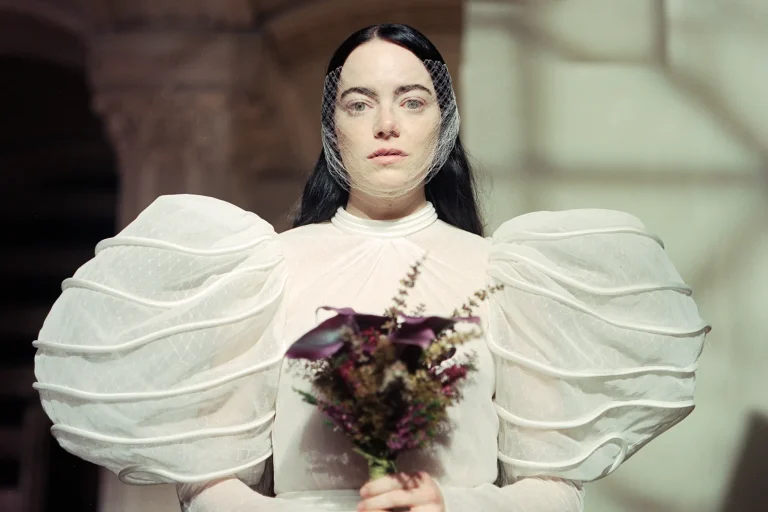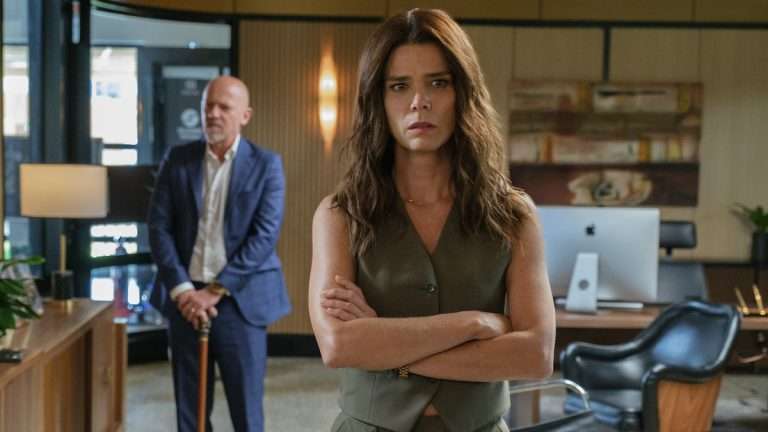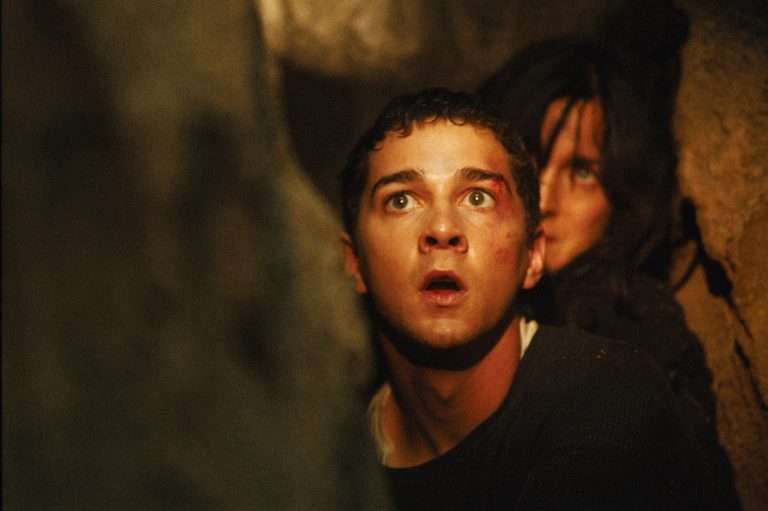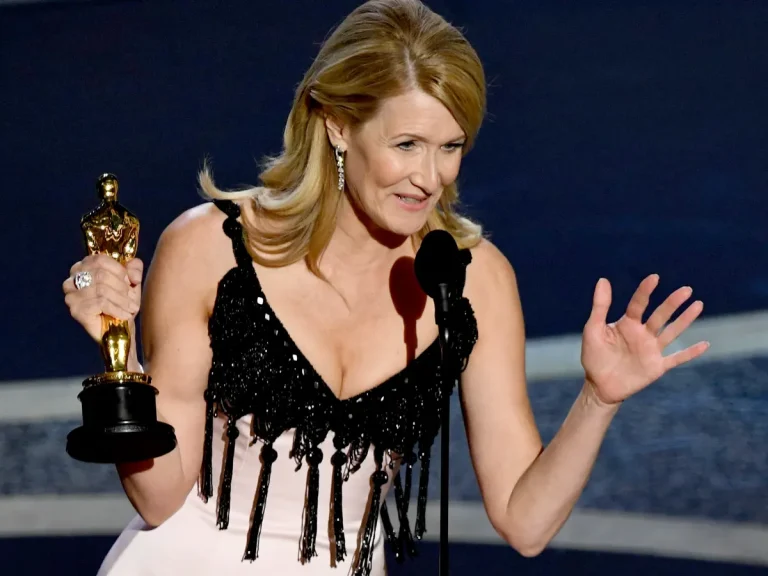Fast X Giant Bomb Scene: The increasingly extravagant and outrageous set pieces in the “Fast and the Furious” series have become regular for fans of the film series. Given that “Fast & Furious” climaxed with a scene in which people practically drove a car into outer space, the burden was on “Fast X” director Louis Leterrier and screenwriters Dan Mazeau, Justin Lin, and Zach Dean to launch their film with one of the best action sequences yet.
And so they topped it, the film begins with an action-packed chase through Rome’s streets. The villain Dante (Jason Momoa) detonates a 10-ton bomb while Dom Toretto and his gang attempt to steer it away from the crowded city. How did they shoot it? Let’s find out.
Director Leterrier explains most of the shots were real
Given the grandeur of the scene and the fact that we’re discussing a classical city with a lot of history, one would have believed that much of it was created using computer graphics. But director Louis Letterier stated that a large portion of the sequence was created literally. He said,
“Apart from a giant explosion destroying Rome, most of it was done for real. It’s just a mix of different elements that were put together. One thing that really was complex, and done practically, was that (a) a giant bomb rolled down the streets of Rome. It was a one-ton – obviously not a bomb. But we recreated a one-ton metal ball that was rolled down the ancestral city, where everything is perfect and cannot be rebuilt. And we had to … we had cables holding it and everything.
But frankly, we could not miss the stunt. And the only thing to really stop it was that car, was Dom’s charger. And we did it for real! We set it up. We set it on fire. We blew up gas stations. All that stuff was done for real in Rome. They gave us the key to the city. The town government, the city of Rome, and the mayor just opened their streets to us and just said, ‘All right, go ahead. Create magic! But don’t break anything.”
It was a combined effort from all the departments
Since Letterier intended to shoot as much of the action practically as possible, the first step was building an actual bomb that could roll down the streets while assessing how much would need to be enhanced with visual effects. He said, “I started to do some animation tests and quickly determined that although the bomb would be useful as a lighting reference and to give everyone an eyeline, the actual movement of the bomb would have to be more sophisticated,” Chiang said. “It would need to bounce on all its individual edges and hit surfaces and spin, and we could never get that physically.”

To help their vision come to life, Chiang worked with second-unit stunt coordinator Andy Gill and special effects supervisor Alistair Williams. “We put an axle through the big steel ball, and that axle had wires going up to two overhead cables — one going forward, one going back,” Gill said. “And we used a big winch that is designed to tow gliders up into the air with a huge wheel on it, a lot of horsepowers. In our testing, we were able to get it up to about 35 miles an hour and start and stop it anywhere we wanted. Knowing that we had control, we were able to put the ball in places that we thought weren’t going to be possible. But now that we controlled it, we could drive cars around it, we could jump it, we could do anything we wanted to.”
Williams also figured out how to light the bomb on fire
“You put a big steel post inside a car and fire it, and it blows the car up into the air,” Gill said. “I know from experience that asphalt, concrete, and everything else can’t take the impact without making a big hole in the road, so in order to get them to let us do it, I suggested we put a steel trench plate down where we were going to hit the cannon.”
Chiang found this to be helpful even for scenes in which a CG bomb replaced the reference bomb shot on location. “That was great for us because if the bomb wasn’t spinning, but it was moving at the right speed and on fire, we could take the fire off of it and add it onto the CG bomb, and then I wouldn’t have to create CG fire,”
For Gill, working on the “Fast” movies is always as great a pleasure as it is a challenge. “You don’t get to create an action sequence like this very often,” he said. “It’s expensive, and it’s time-consuming. The beauty of the ‘Fast’ series is that you get to play with the big toys and implement all the great ideas you’ve always wanted to try.”






